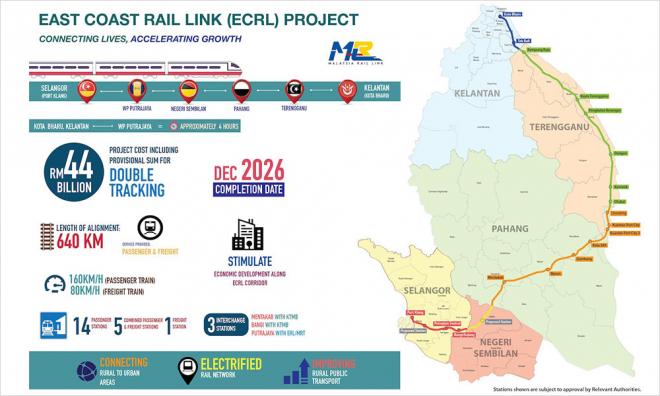
he revival of stalled rail projects, national transport policy and the readiness to embrace gig economy in the transportation sector are proof of the government’s commitment to improving the rakyat’s mobility, besides boosting the country’s economic growth.
The 640km East Coast Rail Link (ECRL) linking Port Klang to Kota Bharu is among the rail projects that received the government’s green light after it was suspended for re-negotiation.
Through the hard and tough re-negotiation process, the government has managed to slash the cost to RM44 billion, 34 percent lower compared to the previous price tag of RM65.5 billion.
According to research firms, the revival of ECRL has immediately boosted the foreign investors’ confidence in Malaysia, with the project expected to contribute 2.7 percent to the country’s economic growth.
The positive injection to the country’s economic growth is anticipated to begin from the ECRL’s inception until its completion in December 2026.
Recently, Malaysia Rail Link Sdn Bhd (MRL) and its Chinese partner, China Communications Construction Company Ltd (CCCC), announced they would conduct recruitment roadshows for the project.

MRL’s chief executive officer Darwis Abdul Razak had urged interested Malaysians to come forward as 70 percent of the 23,000 workers needed for the project would be locals.
ECRL is also expected to drive various benefits to local-rail based construction players, create a spillover effect for local port operators and potentially opening up corridors for property development.
The project, which is progressing well at 12.86 percent compared with 10.18 percent in June 2019, is expected to boost the movement of people and cargo.
Once completed in December 2026, the ECRL will cut the travelling time between Kota Bharu and the administrative capital, Putrajaya to just four hours.
Besides the ECRL, Light Rail Transit 3 (LRT3) and Mass Rapid Transit 2 (MRT2) and Klang Valley Double Track Phase 2 (KVDT2) project have also resumed following the government’s move to cut the costs of these projects.
The cost to construct LRT3 and MRT2 was lowered to RM16.63 billion and RM30.53 billion from RM31.65 billion and RM39.35 billion respectively, while KVDT2 was reduced to RM4.475 billion from RM5.26 billion previously.
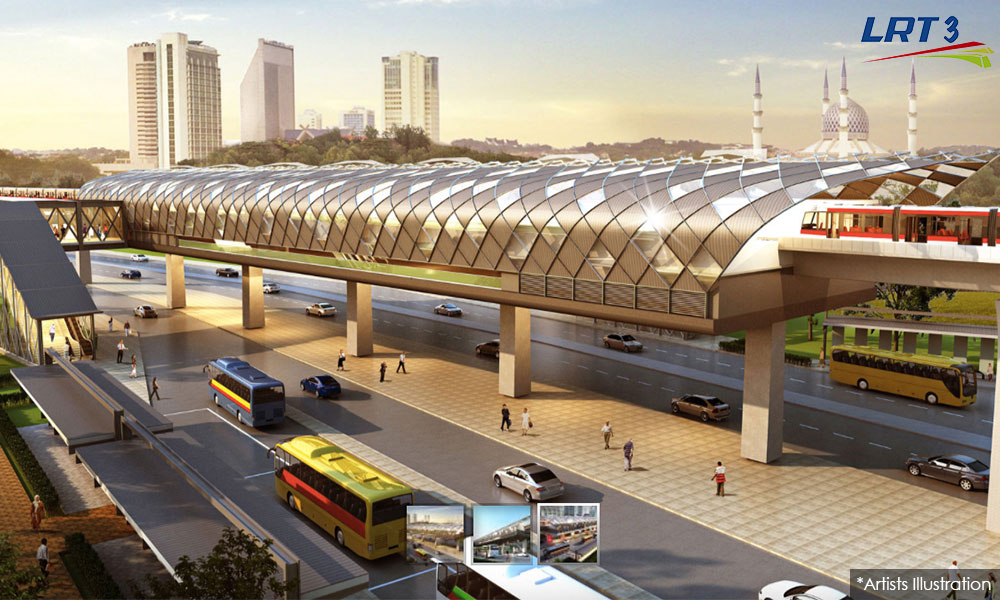
Stretching over 37.6km, LRT3 is set to connect major townships of Bandar Utama and Johan Setia in Klang. Progress on the project has reached 10 percent, with February 2024 having been earmarked as its completion date.
Meanwhile, the MRT2 connecting Sungai Buloh-Serdang-Putrajaya (SSP) is 65 percent complete as of July 2019.
Phase 1 of the project connecting the Sungai Buloh station to Kampung Batu station is scheduled to begin operation in July 2021, while phase 2 will commence in July 2022.
The 52.5km SSP line, which comprises 38.7km of elevated tracks and 13.5km underground tunnels, will have 35 stations, of which 24 are elevated and 11 underground.
Although the budget for the project has been slashed, the government nevertheless, has given its assurance to maintain the comfort and safety of passengers, in addition, the quality of all rail projects.
The MRT, which connects the existing 285km Kuala Lumpur urban rail network involving the LRT, Monorail and Keretapi Tanah Melayu Bhd (KTMB) Commuter Service, will definitely enhance seamless travel among its users.
Meanwhile, the KVDT2 project, which involves the replacement of existing 25-year-old tracks, electrification system and the upgrade and maintenance of 265km of railway tracks from Salak Selatan to Seremban and from Simpang Port Klang near Mid Valley to Port Klang, is scheduled for completion in September 2026.
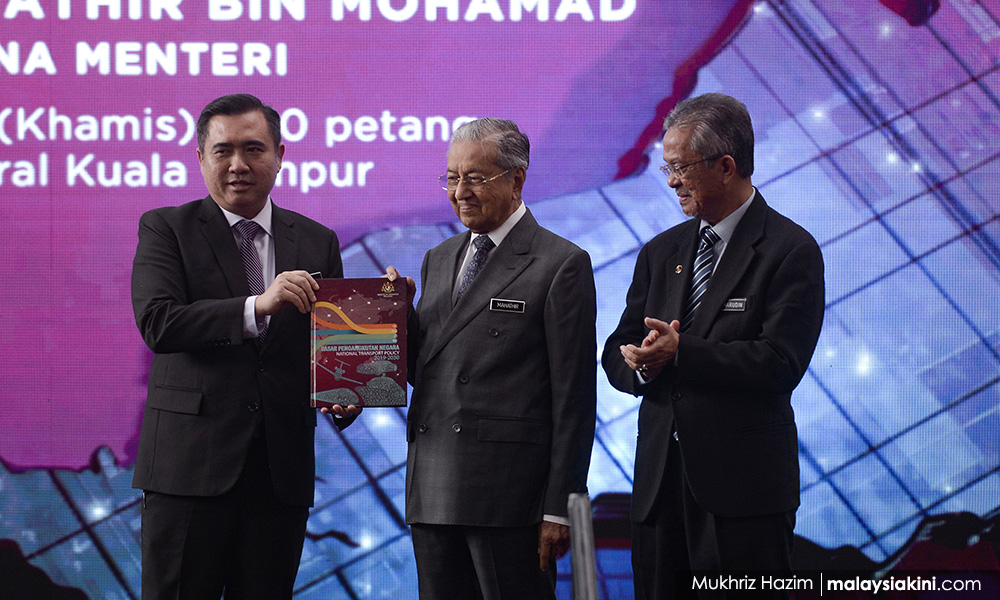
Transport Minister Anthony Loke (on left in photo above) had said that KVDT2 line was too old that it was not economical to maintain, thus a need for an immediate upgrade to ensure the quality and the safety of train services, especially the KTM Komuter and Electric Train Service (ETS)
The project undertaken by Syarikat Dhaya Maju LTAT Sdn Bhd has completed more than 30 percent of the preparatory works.
The rehabilitation of the tracks would be done over 60 sequential stages to ensure minimal disruption to KTMB operations.
As for the 192km Gemas-Johor Bahru Electric Double Tracking Project, reports have suggested that it is progressing ahead of schedule and would be completed by October 2021and start operations in 2022.
The RM8.9 billion project under the Transport Ministry will pass through stations such as Segamat, Kluang, Labis, Bekok, Paloh, Renggam, Layang-Layang, Mengkibol, Kulai and Kempas Baru.
The government’s commitment in reviving and supporting these projects was mostly welcomed as rail transport will continue to remain relevant, as demonstrated even in the developed countries to be the most sustainable, whether in terms of energy consumption or carbon dioxide emission.
As rail and public transportation projects have helped in reducing the heavy traffic flow on roads, the government announced several initiatives in the Budget 2020 to further the cause.
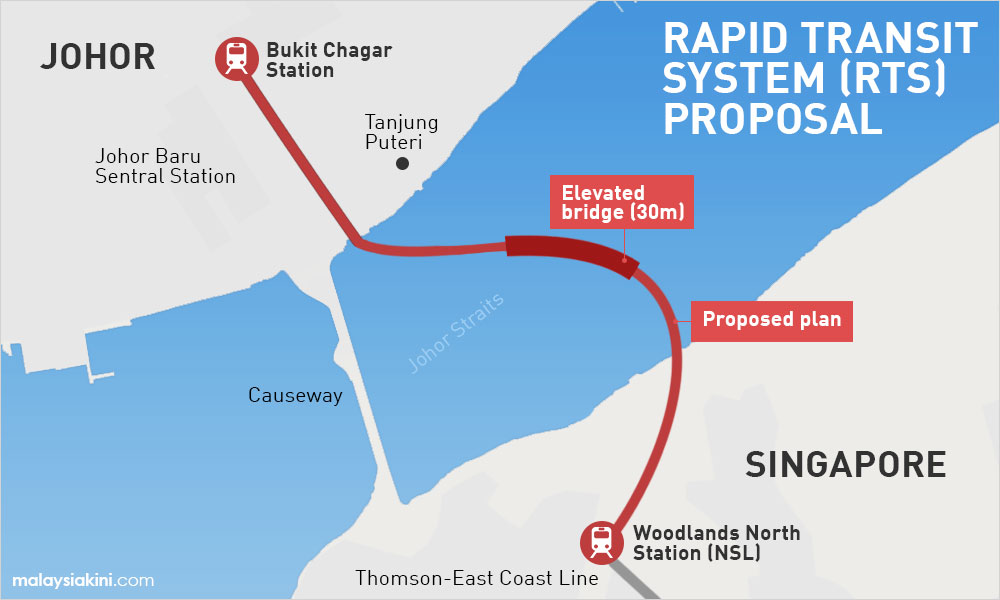
Among them is spending RM450 million to purchase up to 500 electric buses of various sizes, which will be used in selected cities.
The government will also allocate RM146 million to subsidise bus operators for last-mile transportation in rural and urban areas, besides proceeding with the Rapid Transit System project between Johor Bahru and Singapore to further reduce congestion on the Causeway.
The year also saw the launch of the National Transport Policy (NTP) 2019-2030.
The NTP charts a new direction in developing an efficient, integrated and secure transport system that accelerates economic growth and supports the well-being of the rakyat in line with advanced nation status.
The policy, launched by Prime Minister Dr Mahathir Mohamad, consists of five thrusts and 23 specific strategies in providing a smart connectivity, easy and safe transportation system that meets the need of the people.
The NTP 2019-2030 would propel the nation in its logistic endeavours with enhancements in the road, rail, air and maritime sectors as well as their interconnectivity to help Malaysia realise its target as a Regional Distribution Hub.
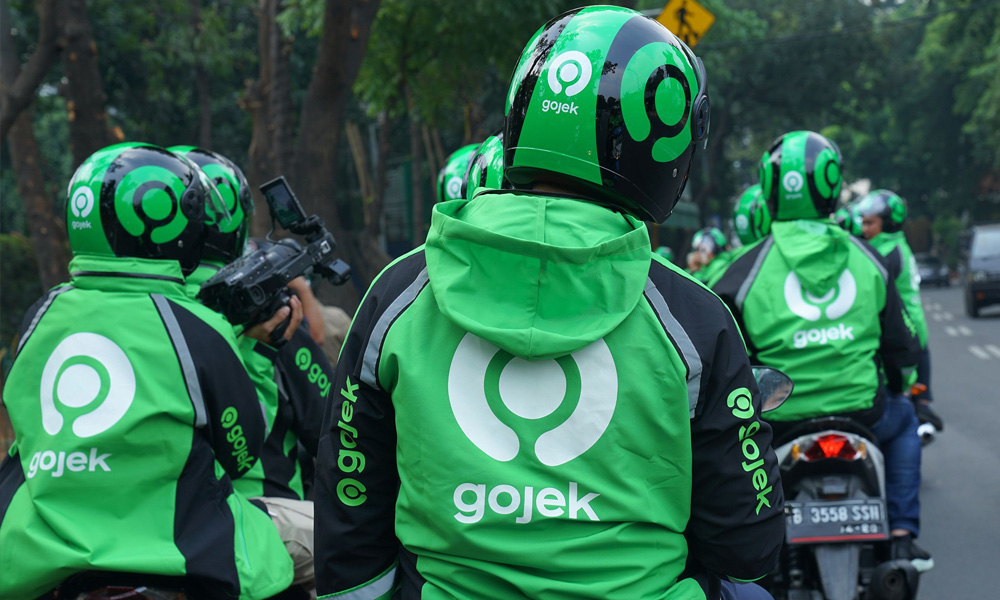
In his foreword in the policy’s book, Mahathir said the NTP 2019-2030 was developed to lay the policy thrusts and strategies to enhance Malaysia’s economic competitiveness.
It also provides a strong social impact, particularly with respect to inclusivity and accessibility, while reducing the negative impact of the transport system on the environment.
Meanwhile, the e-hailing service in Malaysia has entered into a regulated phase with new regulations that went into force on Oct 12, 2019, with companies providing such services needing to fulfil the conditions for obtaining a business licence and related requirements.
Under the new regulations, vehicles used for e-hailing services will require a passenger service vehicle (PSV) licence for the driver, passenger insurance, e-hailing sticker and e-hailing vehicle permit (eVP) from the Land Public Transport Agency (Apad).
As of early December this year, some 91,978 e-hailing drivers have successfully obtained their PSV licence since it was introduced on April 1, 2019.
Besides Grab and MyCar, there are other 40 other e-hailing companies authorised to operate in the country.
Come 2020, bike-hailing or ‘motorcycle taxi’ companies such as Gojek, GrabBike and local start-up Dego Ride will start operations under a six months trial period, starting January.
It would be interesting to see how this would further change the face of urban transportation scene.
- Bernama


No comments:
Post a Comment
Note: Only a member of this blog may post a comment.